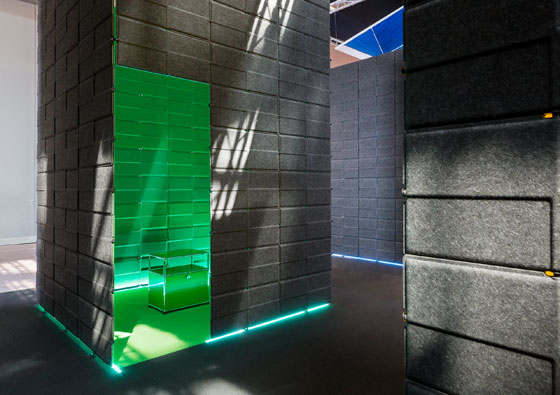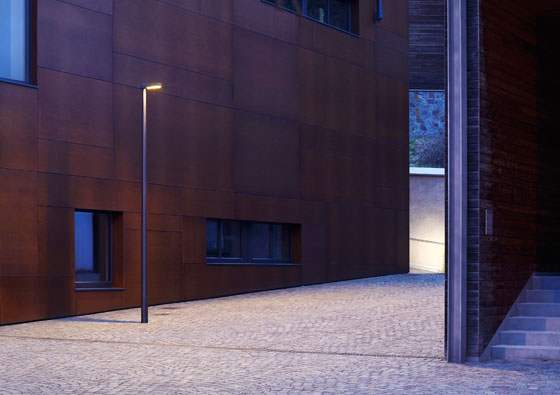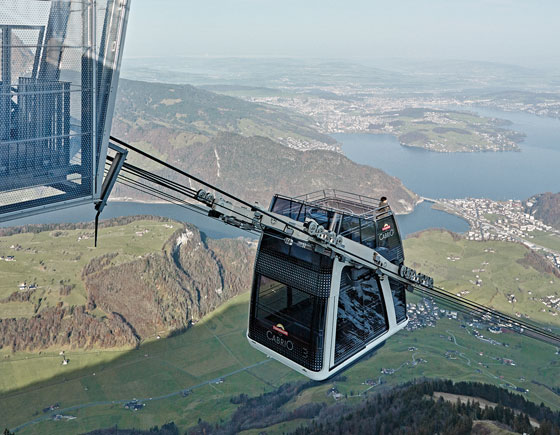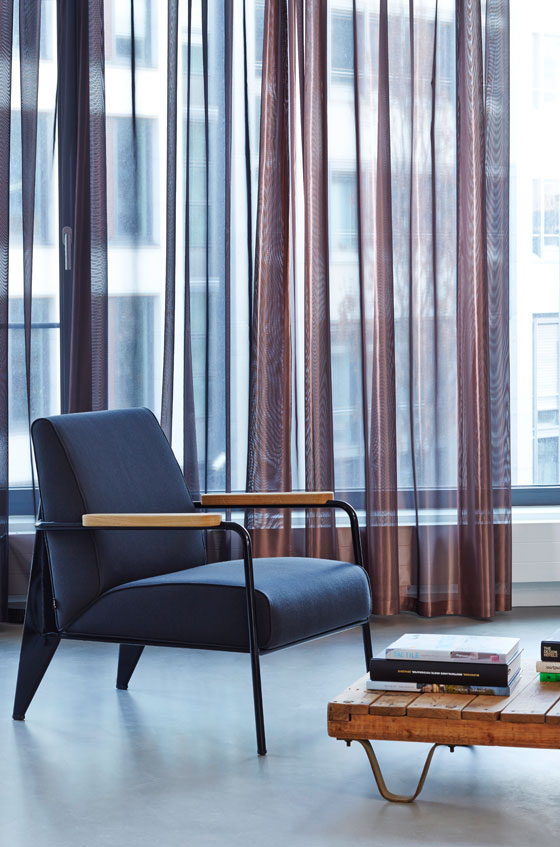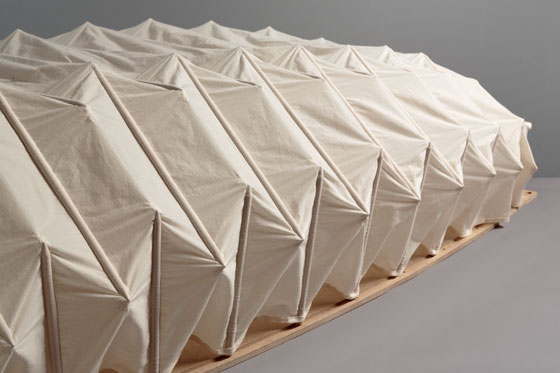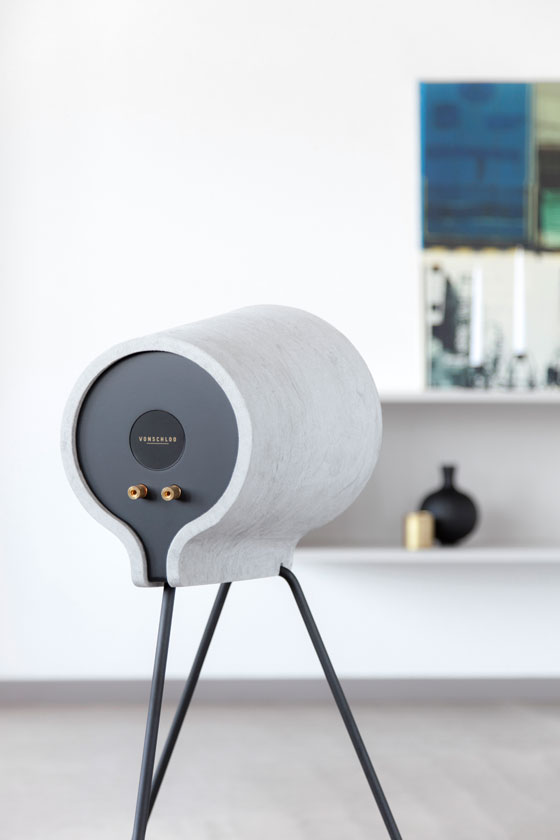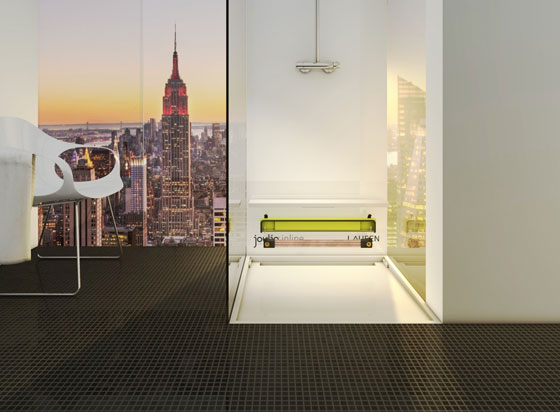On the Future of Design in Switzerland
Text by Klaus Leuschel
Bern, Switzerland
10.11.15
The awards ceremony for this year’s Design Prize Switzerland (Design Preis Schweiz) in Langenthal on 30 October will conclude the scheme’s 13th edition. Thanks to the ‘diversified competition structure’ (as the organisers put it), the current DPS has registered 450 entries in 12 award categories, 50
The TexPavillon was created within the context of the KTI Research Project on the use of textiles as durable materials in building construction; photo: KTI-Forschungsprojekt
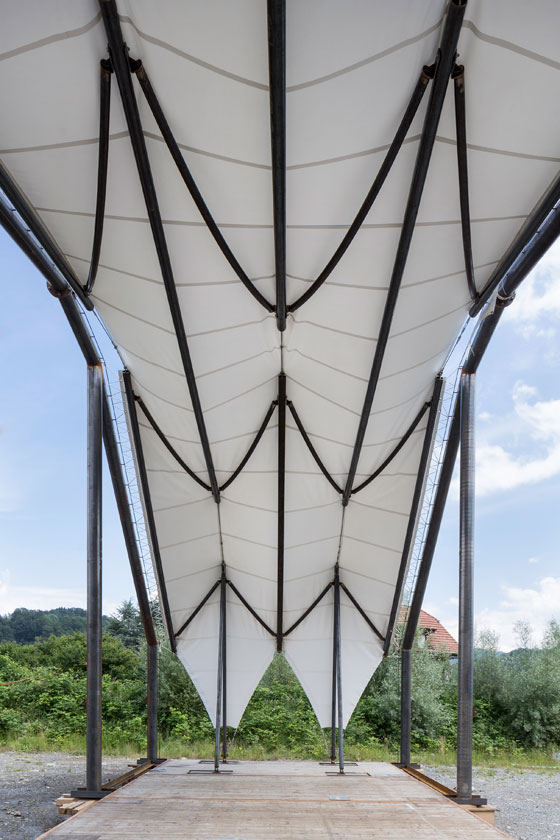
The TexPavillon was created within the context of the KTI Research Project on the use of textiles as durable materials in building construction; photo: KTI-Forschungsprojekt
×The awards ceremony for this year’s Design Prize Switzerland (Design Preis Schweiz) in Langenthal on 30 October will conclude the scheme’s 13th edition. Thanks to the ‘diversified competition structure’ (as the organisers put it), the current DPS has registered 450 entries in 12 award categories, 50 per cent more than the last time the competition was held (2013/14).
While in many industries today, a mere nomination is considered an award, this was by no means always the case. Though the number 13 might suggest otherwise, it must be said that the DPS has shed its pubescent scent of ‘teen spirit’ (Kurt Cobain). Launched in 1991, it has definitely grown up – something confirmed by the impressive quality of this year’s nominations. Please note: we can’t do without design!
The partition and acoustic systems developed by USM Haller were entered in the ‘royal discipline’ of the DPS, as was the Appia chair designed by Christoph Jenni for Maxdesign
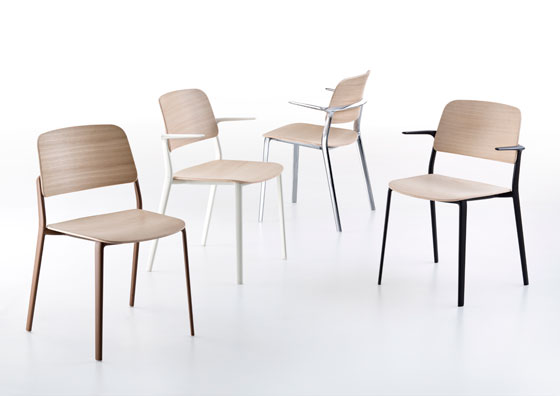
The partition and acoustic systems developed by USM Haller were entered in the ‘royal discipline’ of the DPS, as was the Appia chair designed by Christoph Jenni for Maxdesign
×Switzerland has always enjoyed a reputation for superb engineering prowess, of which the watchmaking industry, the engineer Robert Maillart, and the ‘Krokodil’ locomotive are but a few prominent examples. At the same time, many Swiss-made products that flawlessly meet all functional requirements underscore the realisation that it’s best not to try to turn engineers into designers. In 2015/16, the DPS is delivering the proof that excellent engineering alone – in ski boots or gondola lifts, for example – has become entirely inadequate in the face of global competition.
Following the 1968 phase-out of its publicly adored locomotive ‘Kroki’, the Swiss Federal Railways achieved a fusion of design and engineering, the pioneering character of which a worldwide comparison emphatically confirms. Yet even today, this kind of forward-looking synthesis finds its way into the DPS only inconsistently. For example, while Gangloff, the manufacturer of cabins for aerial tramways and ski lifts, is represented together with its client, Stanserhorn-Bahn, the internationally active Stadler Rail evidently avoids benchmarking of this kind altogether. And this is astonishing, since this Bussnang-based supplier of rolling stock is among the elite when it comes to cultivating Swiss quality. Sadly, Stadler Rail isn’t alone in its stance. Other enterprises could be enumerated, in industries from capital goods to watchmaking.
Equipped with an LED lamp, the GO streetlight designed by Jörg Boner was nominated in the ‘Product Investment Goods’ category; photo: Oskar DaRiz

Equipped with an LED lamp, the GO streetlight designed by Jörg Boner was nominated in the ‘Product Investment Goods’ category; photo: Oskar DaRiz
×However, the situation is very different in the supreme discipline, as it were – which, narrowly speaking, is the design of chairs, but has long since been expanded to include lamps, furniture, textiles, and other objects of habitation. If designers like Alfredo Häberli and Hannes Wettstein got by without a career-propelling DPS honour, this was thanks in part to the world economy of their day, one not yet subject to turbo-capitalist acceleration or Chinese production dominance.
Over the last 20 years, Jörg Boner (honoured by the DPS in 2013/14 and nominated again this year) and atelier oï (recipient of various nominations and a participant on DPS juries) have made names for themselves in the Swiss design scene. They owe this above all to the furniture industry, whereas designers in the area of capital goods travel a much tougher road to success and recognition (e.g., Bureau Sturm). A process-oriented design understanding that encourages innovation has yet to take root in the minds of abacus-trained graduates of business schools à la the University of St Gallen, even a century after the first tentative steps were taken in this direction. The only possible alternative explanation is that the graduates of MBA programmes have had the fear of failure so insistently drummed into them that they are willing to facilitate new ventures, if at all, only when they can be quantitatively measured and controlled from start to finish. This would mean that the last innovations in sales promotion were presumably the changes from 500ml to 750ml PET bottles and from 125g to 250g packages, which marketing could then post on the balance sheet as a 50- to 100-per-cent growth in turnover. The public applause, in any case, falls far short of the cheers that greet real consumer benefits – a term which in Asia holds magic power.
The Stanserhorn Cabrio, the world’s first cable car with an open upper deck, was nominated in the ‘Product Investment Goods’ category; photo: Stanserhorn Bahn
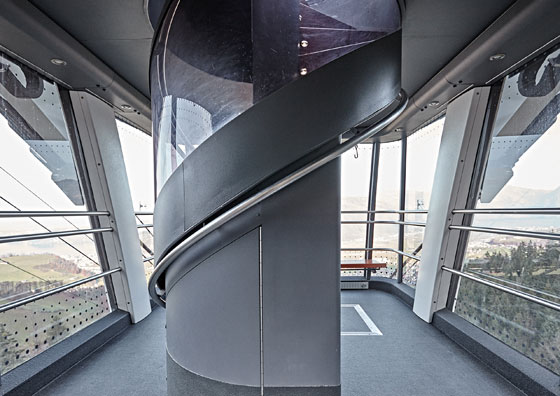
The Stanserhorn Cabrio, the world’s first cable car with an open upper deck, was nominated in the ‘Product Investment Goods’ category; photo: Stanserhorn Bahn
×Looking to the Future: A Comparison
In Europe, Denmark is at the forefront in radically resetting the course for the ‘Third Industrial Revolution’. Last May, the Danish government decided to allocate 100 million kroner (about 15 million Swiss francs) to the promotion of domestic production (source: Danish Design Centre). This was done not as an individual measure, but in the framework of a whole package of activities to foster a culture of innovation, which is unknown up to now and which therefore can’t offer any guarantee of success.
This is also an indication that competition has long since transcended the confines of national borders. It takes place at a much more worldwide scale, between such innovation zones as San Francisco (Silicon Valley) and Boston (Harvard/MIT), Tokyo and Shanghai, or Copenhagen, London, and Zurich. The process is driven by minds and infrastructures – from the initial idea all the way to its resulting application or product. The hinterland remains significant only as a distribution centre or a production or test site.
The Metal Base Collection by Création Baumann, the KTI project realised by the Product & Textile Research Group at the Hochschule Luzern and OLED Design future technology developed by the OLED Design Lab were nominated for the DPS
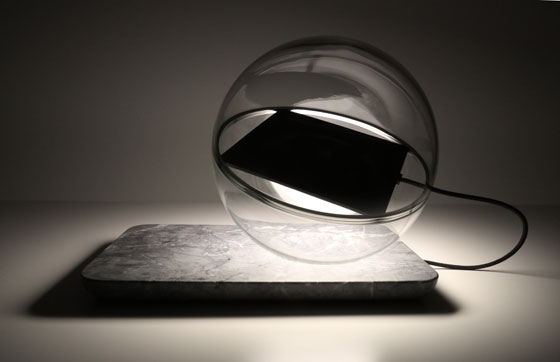
The Metal Base Collection by Création Baumann, the KTI project realised by the Product & Textile Research Group at the Hochschule Luzern and OLED Design future technology developed by the OLED Design Lab were nominated for the DPS
×Deyan Sudjic, director of the Design Museum in London, recently offered a splendid example of innovation culture. He held up PayPal, and in particular the design of its pay button, as evidence of a design understanding that sees designers as team members who are integrated in the process. The irony of the story? As Sudjic tells it, the designer, reportedly only a short-term hire, didn’t see any real financial reward until PayPal went public.
Innovative use of materials: fibre cement was used in the L242 loudspeaker produced by estragon; the materials for the Metal Base Collection by Création Baumann included brass, copper, aluminium and steel
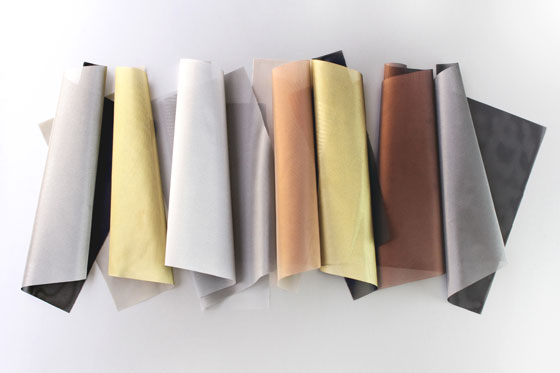
Innovative use of materials: fibre cement was used in the L242 loudspeaker produced by estragon; the materials for the Metal Base Collection by Création Baumann included brass, copper, aluminium and steel
×As visible evidence of Switzerland’s real innovative capacity, the DPS offers hope. This hope is bolstered by the Ecole cantonale d’art de Lausanne (ECAL), which has contributed hugely to the quality of the DPS entries. A similar influence has come, no doubt, from such successful companies as Création Baumann, Freitag, and USM Möbelbausysteme (all are represented in the DPS and exemplify a vital culture of innovation). Given this, all non-entrants should ask themselves whether they shouldn’t take a stronger basic interest in benchmarking, one that would lead them to be more competition-oriented. Indeed, even the entries alone confirm that designers or company representatives (responsible for submissions) who take part in the DPS work at the leading edge of future-oriented design and advocate for innovative corporate policy. Consequently, those who eschew the competition and rest on their past accomplishments inevitably cause much greater problems for the economy. Competitiveness, after all, depends heavily on the promotion of innovation culture and on support for, and the fostering of, process-oriented – that is, open-ended – thinking.
On that note, it should be grounds for delight, and not only for curator Michel Hueter, that, in his words, ‘Switzerland as a site of work and industry increasingly uses design as a holistic approach to developing solutions that are economically and societally relevant.’ Is that not cause for hope?
The Joulia-Inline heat recovery system uses warm shower run-off water to preheat cold feed water and reduces energy consumption by up to 50%; nominated in the ‘Product Investment Goods’ category
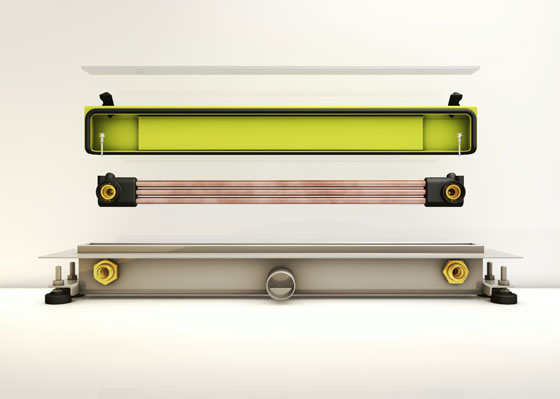
The Joulia-Inline heat recovery system uses warm shower run-off water to preheat cold feed water and reduces energy consumption by up to 50%; nominated in the ‘Product Investment Goods’ category
×
